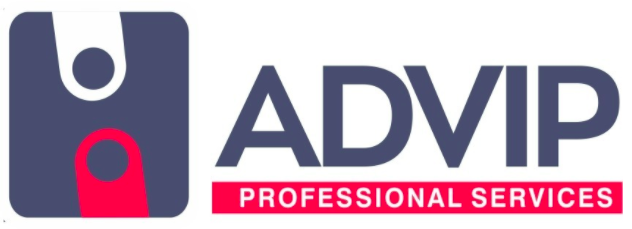My Takeaway from Corporate Financial Accounting
Corporate Financial Accounting (CFA) was one of the courses of the MBA program at the Lagos Business School. CFA was facilitated by two brilliant and seasoned Professors with over twenty years of teaching experience. I participated in class discussions and had a lot of lessons to take away which I will share in my weekly blog post.
In today’s post, I will explain financial statements and their purpose. Investopedia defined financial statements as “written records that convey the business activities and the financial performance of a company”. Financial statements are a critical source of information for stakeholders such as investors, business partners, regulators, the public, etc.
There are four key financial statements:
- Statement of financial position,
- Statement of profit or loss and other comprehensive income,
- Statement of cash flows, and
- Statement of changes in equity.
These four financial statements are interrelated. To gain a full picture of an entity, all statements should be read and analyzed together.
Statement of Financial Position
When you are seeking to know the financial condition of an entity, the statement of financial position is your plug. The statement of financial position provides information about the resources, obligations, and capital position of an entity at a point in time. This is the foremost financial statement because the other three financial statements can be derived from it. The statement of financial position also known as the balance sheet is represented by the formula, Assets = Liability + Capital.
Statement of Profit or Loss and Other Comprehensive Income
Another statement to look out for is the statement of profit or loss and other comprehensive income (commonly called Profit or Loss account). This statement is a summary of the financial results of an entity’s qualifying operating and non-operating events over a period. The profit or loss account provides users with information about how profitable an entity has operated. The total profit or loss for the period brings about an increase or decrease respectively in the entity’s capital. Remember that capital is one of the contents of a statement of financial position discussed above.
Statement of Cash Flows
To understand the outward and inward movement of cash from and to an entity over a period, the statement of cash flows explains this beautifully. The statement of cash flow shows how cash moves in and out of an entity during a period. This statement categorized business activities into three: operating, investing, and financing. Using the indirect method, the statement of cash flow is prepared by comparing the increase or decrease of assets, liabilities, and capital between two financial periods.
Statement of Changes in Equity
Lastly, the statement of changes in equity is a financial statement that provides information about increases or decreases in capital for a period. This statement is also related to the statement of financial position, as it explains why and how capital has increased or decreased.
#BecomingaFinancialAnalyst







